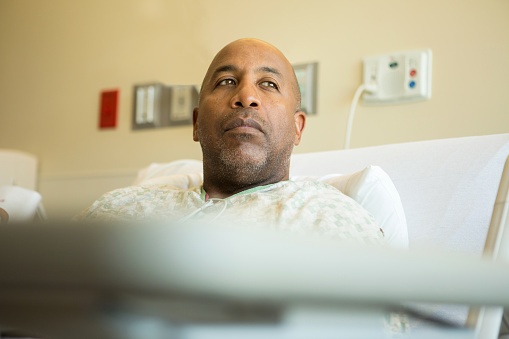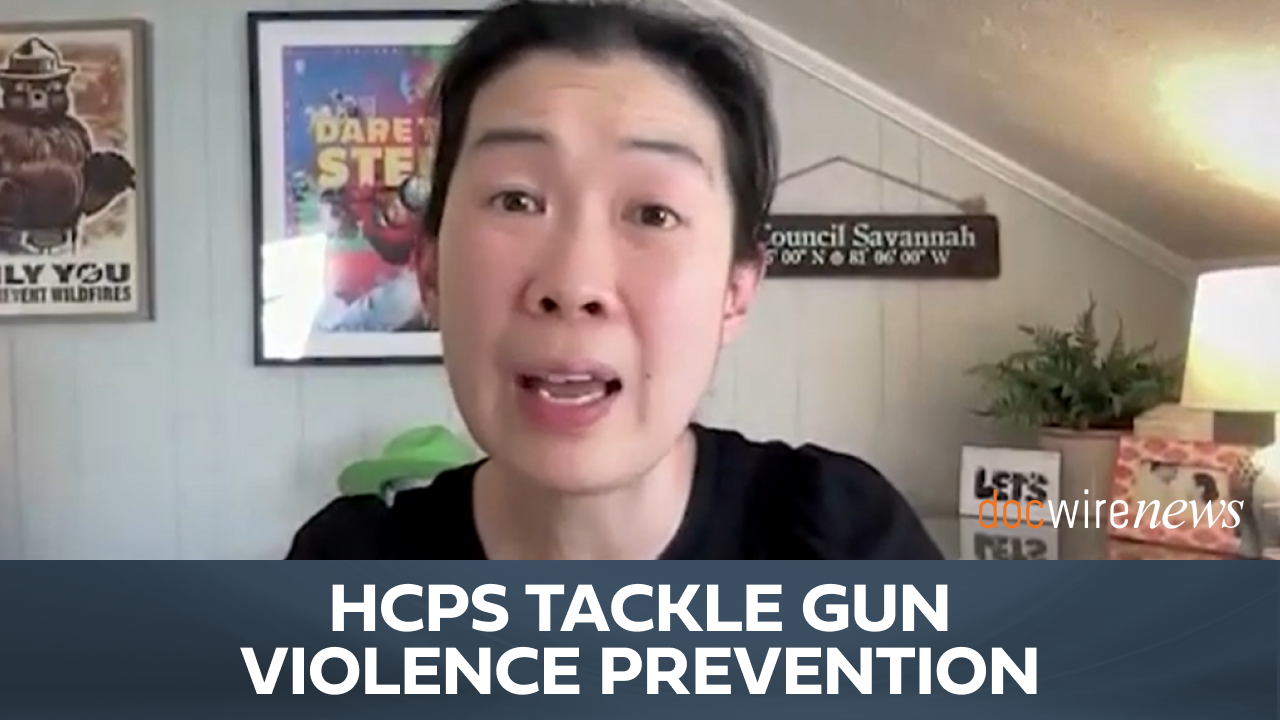
African-Americans living in major US cities suffer a disparity in geographic access to trauma centers (“trauma deserts”), according to a new study published in JAMA.
In this cross-sectional study, researchers assessed 3,932 census tracts from the 2015 American Community Survey in Chicago, Los Angeles, and New York. Between February and September 2018, they conducted small-area analyses to appraise trauma desert status, defined as a travel distance greater than 8.0 km to the nearest adult level I or II trauma center, as a function of neighborhood racial/ethnic structure. Moreover, the researchers used geospatial analyses, identified using travel distance as a perpetual measure, to examine the statistically significant trauma desert areas. The study’s census tracts were categorized by racial/ethnic composition, based on patterns of residential segregation, including white majority, black majority, Hispanic/Latino majority, integrated or other, and poverty. It also included poverty categories, including nonpoor and poor.
Study: Urban #African-Americans more likely to live in #trauma deserts @JAMA_current https://t.co/czDp00TZ5W
— Medical Xpress (@physorg_health) March 8, 2019
A Racial Divide in Access
In primary analyses, the study results showed that black majority census tracts were far more likely to be in a trauma desert than white majority census tracts in Chicago (OR=8.48, 95% CI, 5.71 to 12.59), and Los Angeles (OR=5.11; 95% CI, 1.50 to 17.39). In New York, racial/ethnic disparities were not notable in unadjusted models but were significant in models that adjusted for poverty and race-poverty interaction effects (adjusted OR=1.87; 95% CI, 1.27 to 2.74). Moreover, Hispanic/Latino majority census tracts, by comparison, were less likely to be located in a trauma desert in New York (OR=0.03; 95% CI, 0.01 to 0.11) and Los Angeles (OR=0.30; 95% CI, 0.22 to 0.40), while slightly more likely to be located in a trauma desert in Chicago (OR=2.38; 95% CI, 1.56 to 3.64).
“Even though we had a sense that this was a racially divided issue, the data confirmed that this was the case in a significant way,” said study author Monica Peek, MD, MPH, an associate professor of medicine and health disparities researcher, in a press release adding that “it was pretty startling.”
Chicago Center Strives to Make Change
Recently, the University of Chicago Medicine’s trauma center, which opened 10 months ago on its Hyde Park Medical campus, has perceptibly reduced the odds of black residents being located farther away from trauma care by a factor of almost seven.
“Since we opened the trauma center nearly one year ago in May, the disparity in access to adult trauma care has significantly lessened for African-Americans in Chicago,” said Selwyn Rogers, Jr., MD, MPH, professor of surgery and the director of University of Chicago Medicine’s trauma center, in a press release. “The University of Chicago Medicine ceased offering adult trauma services in 1988 before announcing it would resume the program in 2015 amid community behests. The hospital constructed a new adult emergency department in 2017, and subsequently, re-launched adult trauma services five months later following regulatory approval.
Researchers hope their findings underscore the ongoing impact of structural inequality in US cities.
“[The] planning for new trauma centers, which requires a significant financial investment, should include an assessment of how a new facility can help address racial equity,” they wrote.
Cool research from @selwyn_rogers @DrMonicaPeek @UChicagoMed @uchicagosurgery on racial disparities in access to trauma care in urban centers. The maps tell the story. If UChicago hadn't opened a trauma center last year, these disparities would be even more severe in Chicago. https://t.co/mW66iiguM9
— Charles Liu (@chasliu) March 9, 2019
Urban African-Americans More Likely to Live in Trauma Deserts, Says Study – https://t.co/GlS7twRLqW
— Drugnews.in (@drugnewsin) March 10, 2019







 © 2025 Mashup Media, LLC, a Formedics Property. All Rights Reserved.
© 2025 Mashup Media, LLC, a Formedics Property. All Rights Reserved.